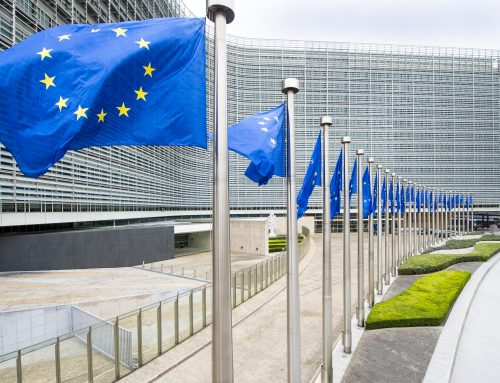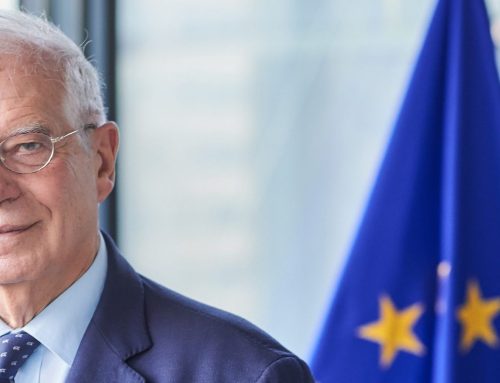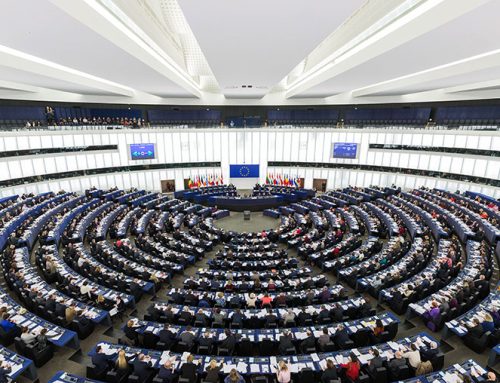The Nobel Prize in Physics for 2018 has been awarded with one half to Arthur Ashkin and the other half jointly to Gérard Mourou and Donna Strickland for their ground-breaking work in laser physics.
In 1985 Gérard Mourou and Donna Strickland have paved the way towards the shortest and most intense laser pulses ever created by mankind.
Such high-intensity lasers are today used for both industrial and medical applications, including the millions of annual corrective eye surgeries. Carlos Moedas, Commissioner for Research, Science and Innovation, said: “I warmly congratulate Arthur Ashkin, Gérard Mourou and Donna Strickland on their achievement. I am proud to say that EU funding has supported one of this year’s Nobel Prize laureates to help perfect laser physics. Their discoveries will help us all to stay at the cutting edge of scientific frontiers.”
Gérard Mourou has later in his career received EU funding under the previous research and innovation programme. The pioneer of ultrafast lasers was supported from 2012 to 2015 with €500,000 for the ambitious international project ICAN (International Coherent Amplification Network) that unifies laser and high-energy physics.
The goal of the project was the development of a new laser system composed of thousands of fibre lasers. Such a system can transform nuclear waste, which today can ‘survive’ for thousands of years, into materials with much shorter live spans, ultimately alleviating the problem of nuclear waste management.
Mr Mourou was also the initiator and coordinator of the Extreme Light Infrastructure (ELI), which is part of the European ESFRI Roadmap.




